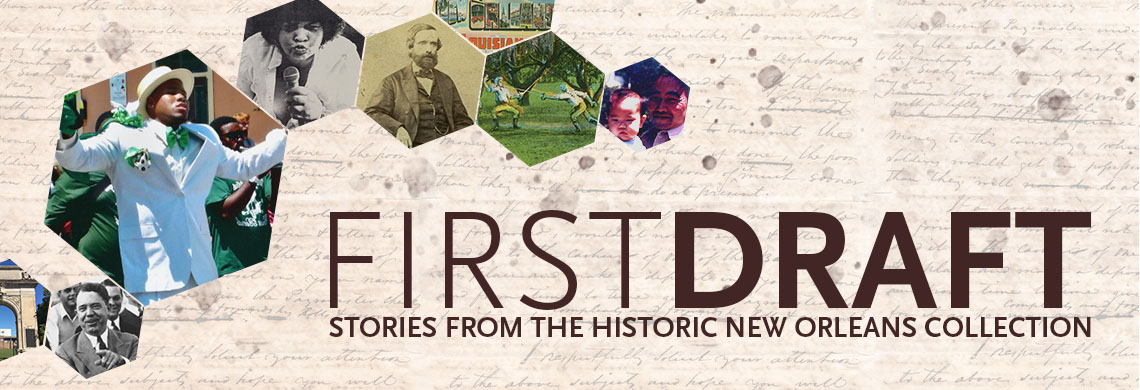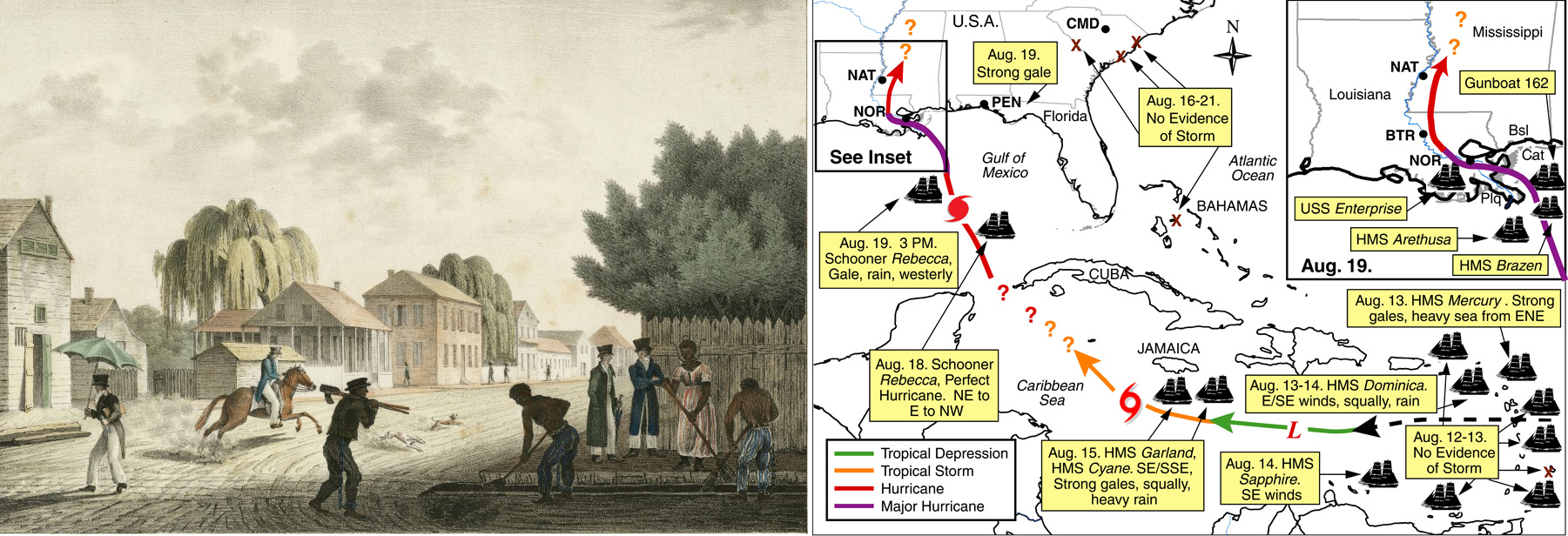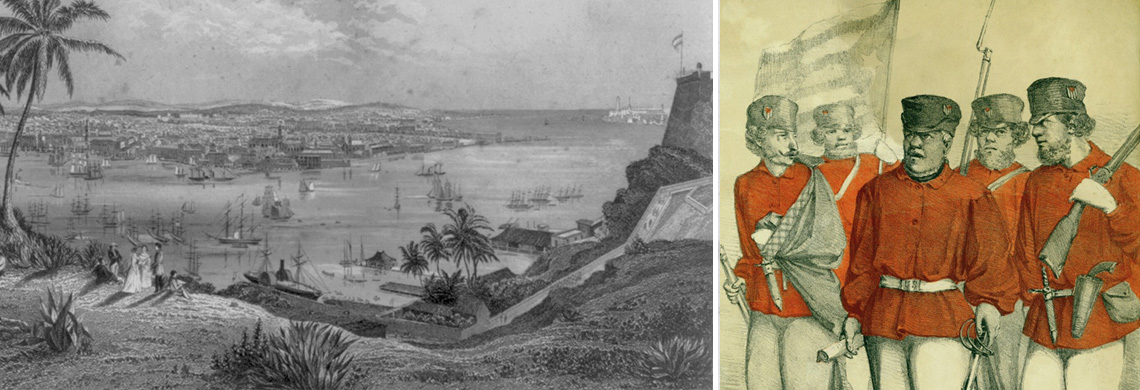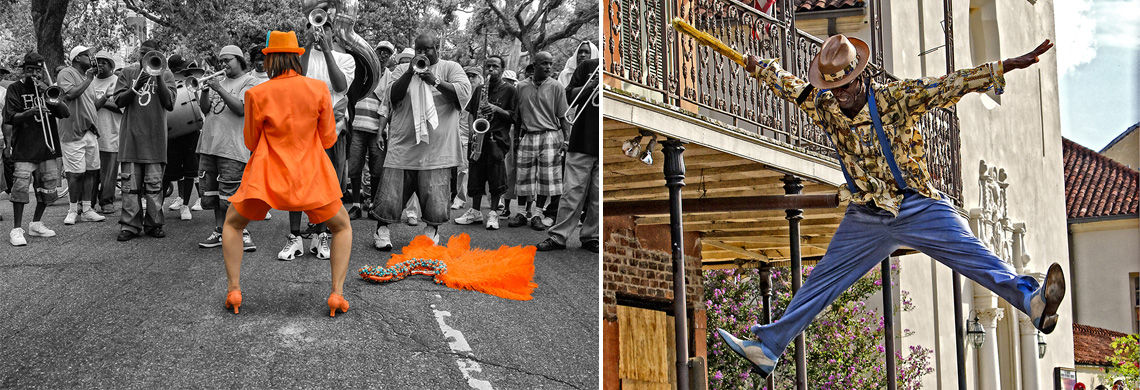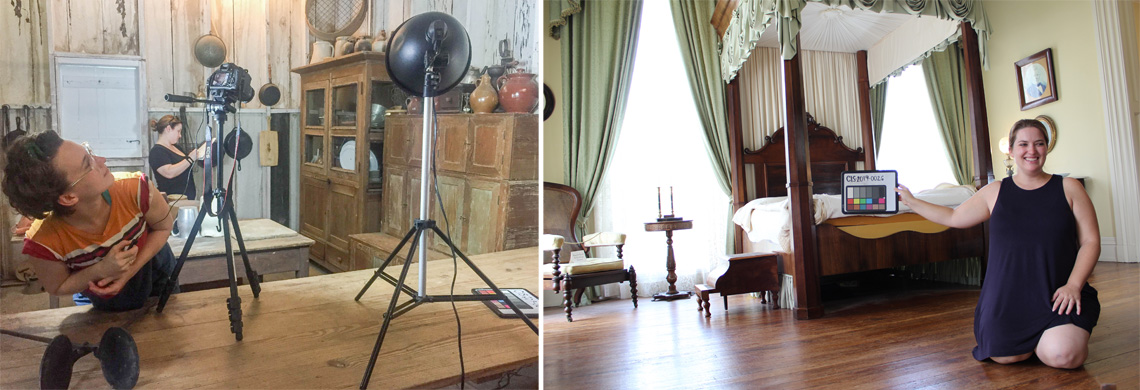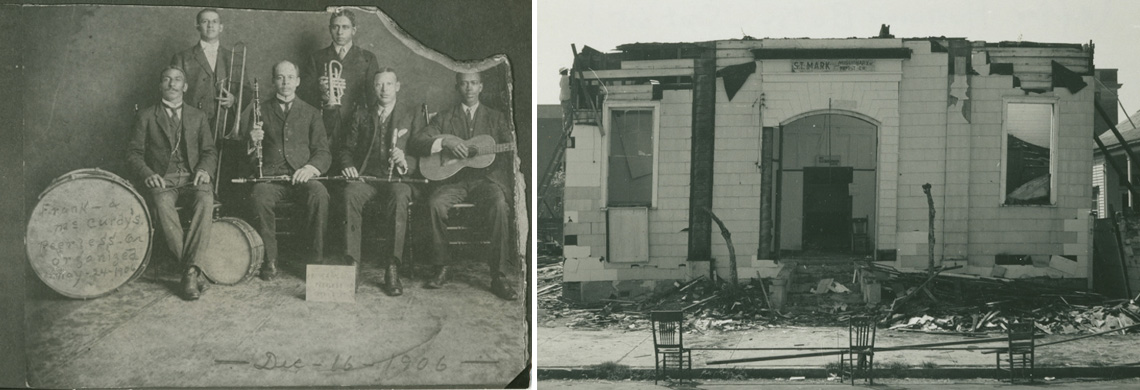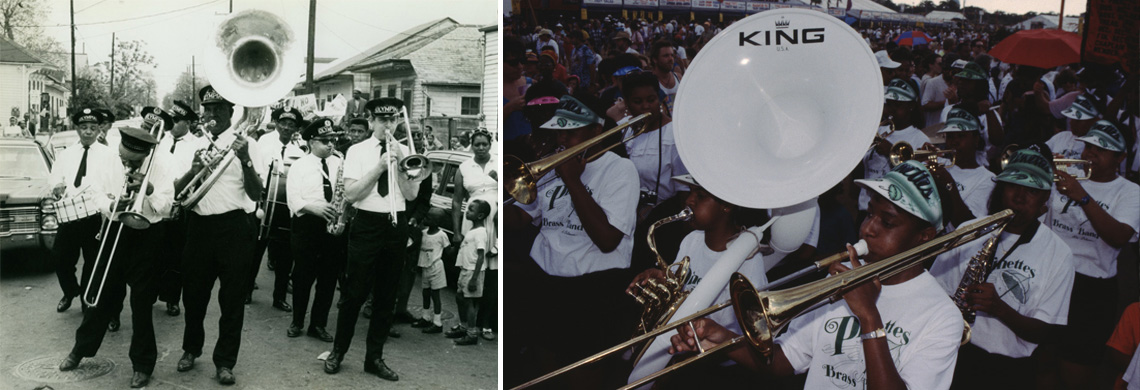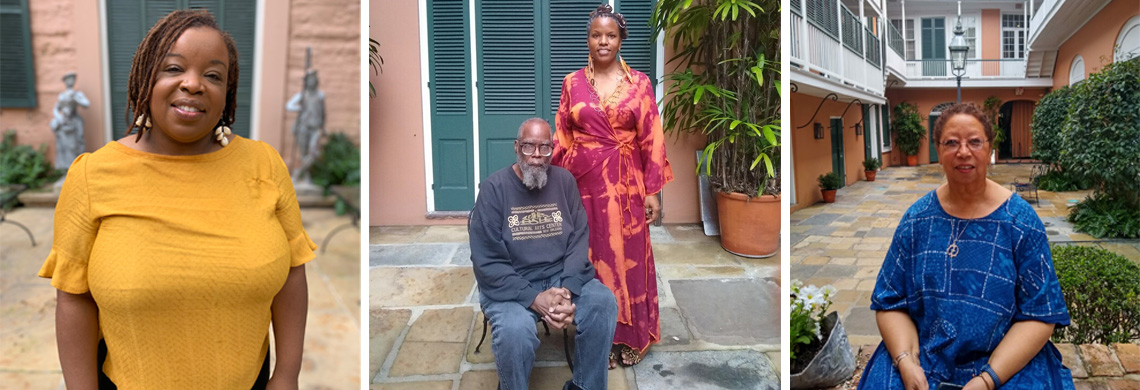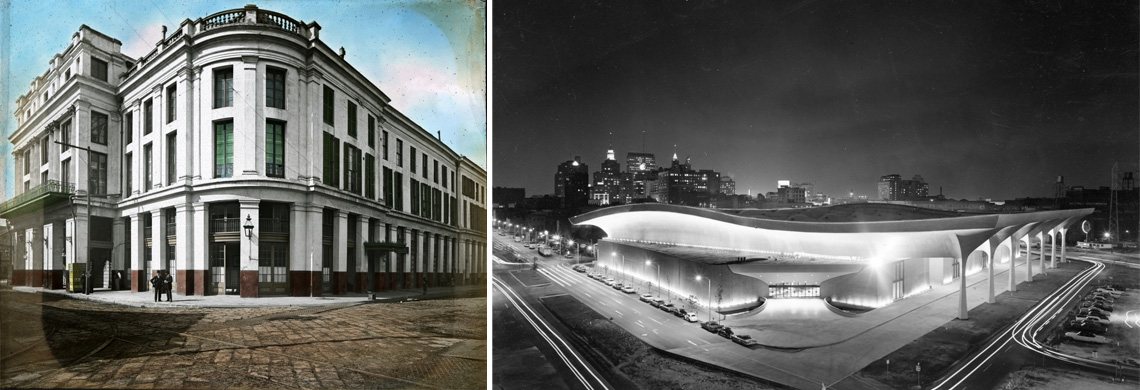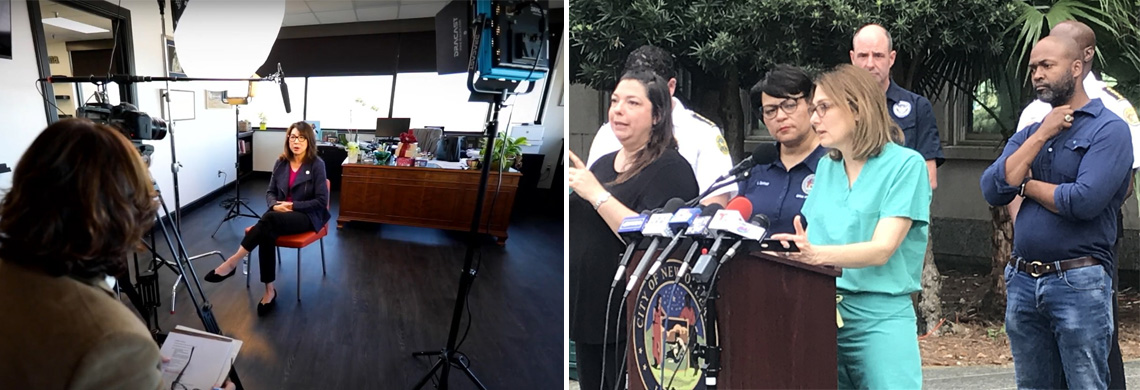In August 1812, a vicious storm ripped through New Orleans. Using a letter from THNOC’s holdings and the findings of a climatologist, we look at the storm’s toll and how it compares to recent hurricanes.
Today, the term “filibuster” refers to the obstruction of legislative process through long speeches and other delay tactics. For most of the 19th century, however, filibusters were men who engaged in unsanctioned warfare in foreign countries—and a number of their campaigns were planned and set sail from New Orleans.
Access to capture the intimate action of a second line is earned over beers in favorite club watering holes, in the quieter moments that precede and conclude a parade, and during the kinetic events themselves, where unspoken rules of artistic engagement are observed.
Enrique Alférez’s lasting imprint is seen throughout New Orleans, among figurative sculptures, monuments, fountains, and architectural details in prominent locations from the Central Business District to the shore of Lake Pontchartrain and beyond.
Since 2011, graduate students and other emerging museum professionals have spent their summers traveling throughout Louisiana, Mississippi, and Alabama cataloging historic objects made or used in the region before 1865. These are some of the highlights.
Untold thousands have gathered under the Economy Hall tent at the New Orleans Jazz and Heritage Festival to hear traditional local music, but how many have known the history behind the name?
In four videos, we chart the evolution if New Orleans brass bands from their Civil War–era origins up to the modern day.
In a series of new videos, New Orleans poets craft 21st-century responses to 19th-century poems.
These 16 structures were once landmarks to the citizens of New Orleans Some recently demolished, and some long gone; some that stood for more than a century, and others that lasted just decades.
The first case of COVID-19 in Louisiana was diagnosed on March 9, 2020. As part of its efforts to record this transformative period in our region's history, THNOC is sharing the personal stories of three local leaders from the frontline.

